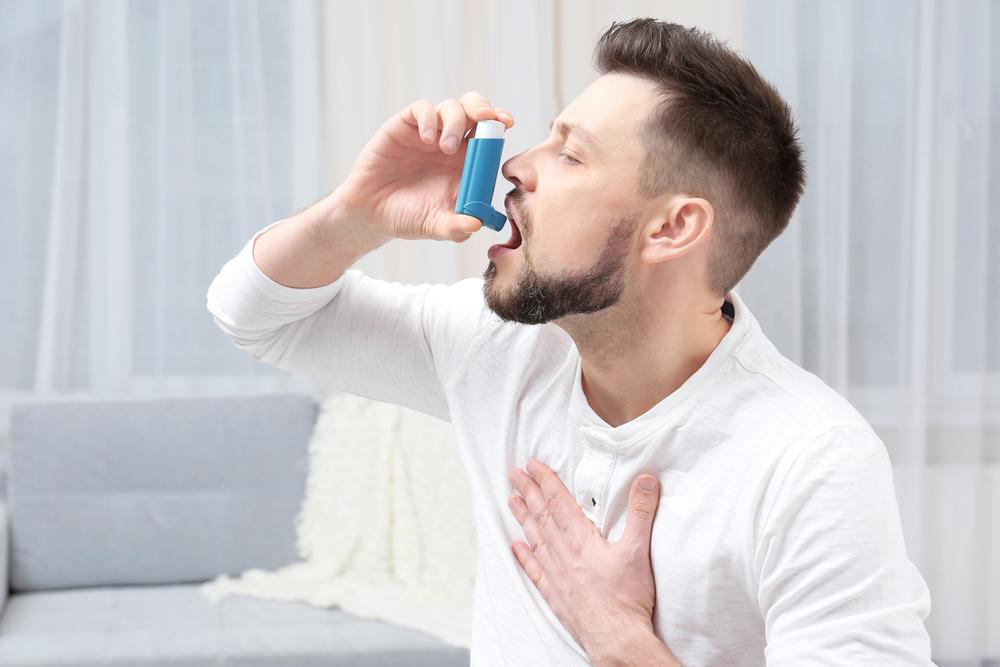How is asthma treated?
The exact cause of one of the most common respiratory disorders, asthma, is not known. In most cases, it appears that a family history of allergies and environmental factors play an important role.
The immediate cause of asthma is the inflammation of the walls of the bronchi which allows air to the alveoli part of the lungs. As these tube walls get inflamed, the muscles of the wall thicken and narrow the passage inside. This leads to the typical asthma symptoms which include tightness of chest and a high-pitched wheezing sound when breathing and coughing. One may even have a running nose and closed nose too.

Asthma treatment
The approach to treatment depends on the severity of the symptoms. In chronic cases, the treatment is basically to control the symptoms on day-to-day basis. A good control of the day-to-day symptoms reduces the chances of the periodic exacerbation the disease is prone to have. Inhalers are the cornerstone of the treatment of asthma symptoms like wheezing, tightening of chest etc.
Those used to checking the day-to-day symptoms are called preventers. These are nasally administered corticosteroids and are a long-acting beta agonist. They deplete calcium in the bones as a side reaction on long-term continuous use and are therefore recommended for short term use, only usually a week at a time.
Preventer inhalers have been long-standing solutions to asthma and contain nasal corticosteroids like fluticasone, flunisolide, ciclesonide, budesonide, beclomethasone, mometasone, and fluticasone furoate. These have lesser side effects on long term usage than oral corticosteroids. Relievers are medicines needed to give quick relief in sudden flare ups. In rare cases, these may produce some uncomfortable symptoms like aggression, agitation and depression etc. Inform the doctor promptly in such cases.
Long-acting beta agonists are inhaled medication which keep the bronchi open for long time. There is some chance of a severe attack with these. It is better to take them in conjunction with a nasal corticosteroid.

